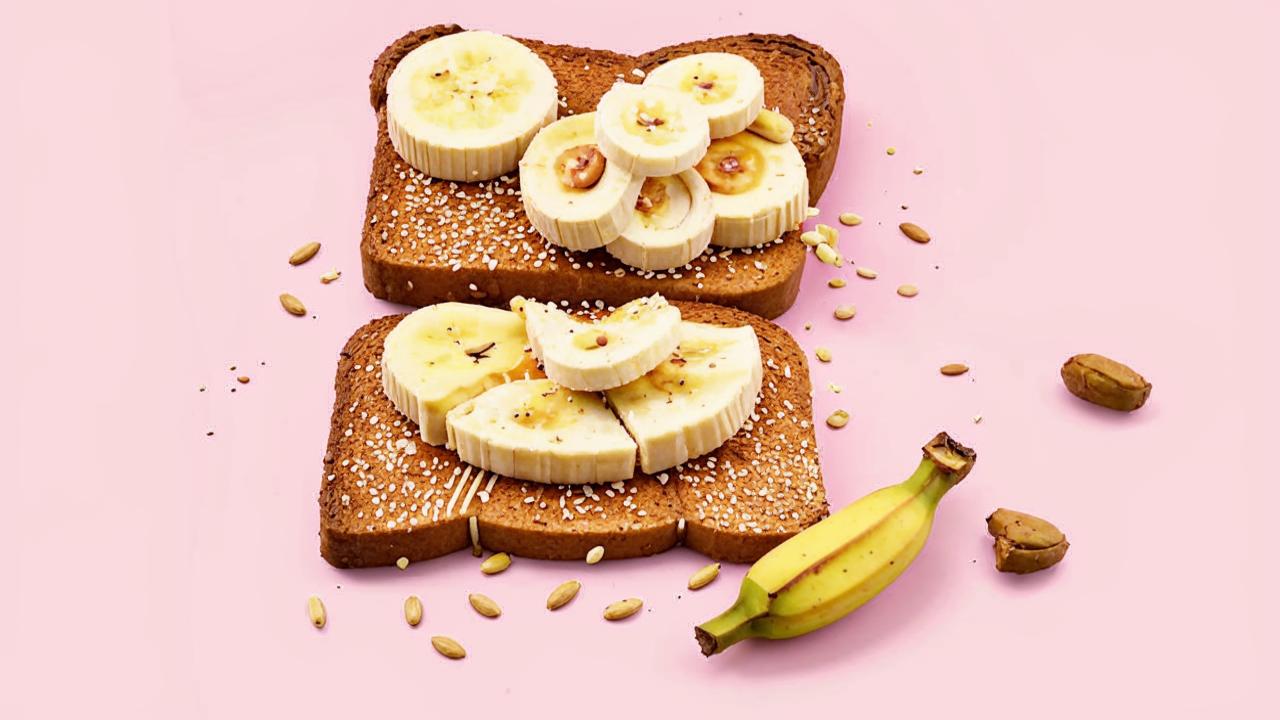Peanut paste (or butter, which is basically the same thing) is not only one of Americans’ favorite treats, it’s a part of the culture. More than 300 thousand tons of peanut butter are consumed in the U.S. per year – sandwiches with this delicacy are eaten at any time of day or night, and the number of jars on store shelves is amazingly diverse. It is eaten with bread and jam (the classic version, so familiar to us from American movies), with fruit, with bacon (yes, an unusual combination, but many people like it), it is used to bake cookies and even to make hummus. So why is this product so popular in America?
What are the reasons for the popularity of peanut paste in the United States?
Although peanuts are native to South America, they came to the U.S. in a roundabout way, through Africa, when new products were brought to the continent along with slaves. During the Civil War, peanuts grew in popularity – they were put in pies, made into coffee-like drinks, and even used as a substitute for chocolate. Soldiers loved the new food, and after the war it spread throughout the states, with roasted peanuts sold on every corner. Peanuts were not consumed as a paste until the late 19th century, when the first patent for roasted peanut paste was granted to Canadian Marcellus Edson.
Fifteen years later, in 1898, the famous physiotherapist and vegetarian John Kellogg patented his method of preparation. Peanut butter was at first considered a health food for the wealthy – Kellogg (primarily known as the inventor of cornflakes) introduced it to his sanitarium menu. Elderly patients with no teeth could not chew meat, and peanut paste became a source of protein for them. Later, Kellogg realized the commercial potential of the development and began selling butter machines to grocery stores and expensive cafes.

In the early 20th century, the first machine for factory production of peanuts was patented, and in 1904 peanut butter was first introduced at the St. Louis World’s Fair. Around the same time, peanuts as a crop were beginning to displace cotton (which was just suffering from a boll weevil infestation). Peanut butter went from being a food for the rich to a popular snack food, and in World War I it became a staple in the army’s rations. In the 1920s, mass production of the paste began, and soon manufacturers found a way to increase shelf life. The popularity of pasta began to break all records when it began to add a lot of sugar, and during the Great Depression, caloric and cheap peanut butter sandwiches became indispensable, and for many people, the only food available.
The depression has passed, so have the wars, but peanut butter has become so beloved by Americans that it has become one of the top specialties. Peanut butter consumption is growing in the U.S. every year.
Peanut butter in American culture
At the same time peanut butter began to permeate American culture, the character Mr. Peanut was born in 1916 – first as an emblem of one company, but soon he was considered the mascot of the entire peanut industry. You’ve probably seen a smiling Mr. Peanut wearing a monocle and a cylinder somewhere.
He was depicted on posters during World War II, and was later featured in various commercials. The New Yorker magazine published many sketches of the character. Recently, the life of Mr. Peanuts tragically ended (to this event timed a commercial showing his heroic death), but his place was taken by a descendant – Little Peanut.
Hollywood also does not stay aside – there are quite a few movies in which scenes with peanut butter have become truly iconic. For example, we can remember the scene from the movie “Meet Joe Black”, where Brad Pitt’s character tries peanut butter for the first time. Or the scene from “War of the Worlds” in which Tom Cruise’s character wants to feed his children such sandwiches.
And what is there scenes, there are whole movies. For example, not so long ago the movie “Peanut Falcon” was released – where the main character, who dreams of becoming a wrestler, takes such a nickname because he constantly eats peanut butter. Or the 1985 movie “The Peanut Butter Solution,” in which this product is the secret ingredient in a hair regrowth remedy.
What are the benefits of peanut butter?
Peanut butter is a caloric and hearty food and, of course, you should not overdo it. But at the same time, it can be useful for people who do sports, especially for bodybuilders and anyone trying to increase muscle mass.
The whole point is that peanuts contain a lot of protein – 24 grams per 100 grams of product, and the protein is easily digested. Of course, you can’t completely replace meat food with it, but peanut paste helps you recover after a workout and keeps your skin and hair healthy.
In addition, peanut paste is a source of fatty acids that strengthen the heart muscle, reduce cholesterol and positively affect the nervous system. In addition, it contains a rich complex of vitamins and minerals (B1, B2, A, U, ZZ, folic acid, calcium, magnesium, phosphorus, potassium, iron).
All in all, this butter can be a very healthy snack if consumed wisely. Even those who are not too keen on sports can easily replace the usual tea and sandwiches with a peanut butter sandwich with whole grain bread. Due to the high fiber and protein content, such food will perfectly satisfy hunger without overeating, but it is recommended to eat no more than a tablespoon a day.

It is also worth paying attention to the composition of pasta – a natural product contains only peanuts and salt, but there should be no sugar or flavor enhancers in a healthy pasta. Also, do not buy pasta containing palm, rapeseed, cottonseed or other vegetable oil.
According to nutritionist and nutritionist Anna Berseneva, natural peanut butter will not cause harm if you eat it in reasonable amounts and make sure to accompany one of the meals with a portion of fiber.
Anna: When it comes to peanut paste, the most important thing is quality. Because calories are not the same as calories. And calories from nuts, legumes, plant foods and oils are actually quality calories. In the case where we’re talking about good peanut paste, it’s free of sugar, syrups, additional artificial flavors and additives. If it’s ground peanuts – there’s nothing wrong with it if consumed in moderation. Let’s say a whole wheat bread sandwich with peanuts for breakfast is perfectly acceptable. But when we use such dense, rather fatty foods in the diet, there should be the necessary amount of fiber. That is, if we know we are favoring peanut paste that day, we should eat a green leafy salad at one of our meals.






